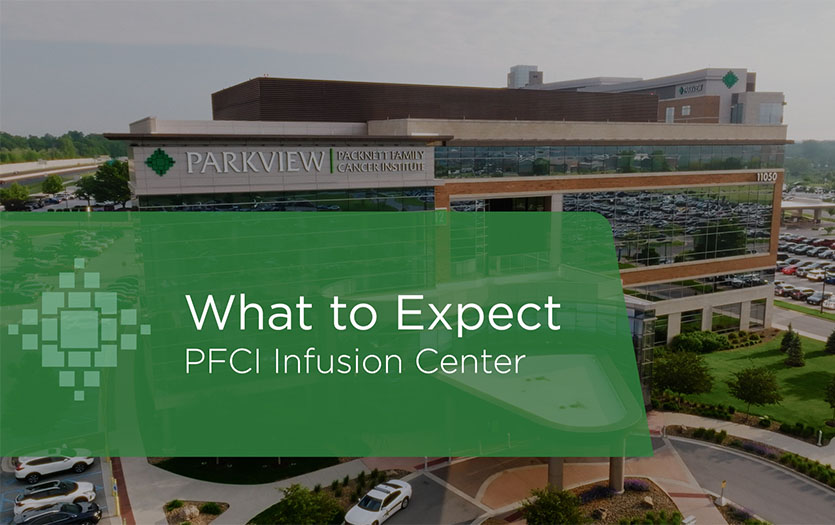
This post was written by Dustin Thomas, MD, PPG – Cardiology.
Stress cardiomyopathy, also termed “broken heart syndrome,” is a condition that results from a significant emotional or physical event. While the exact mechanism is poorly understood, the adrenaline surge released in response to brain signals overwhelm the heart in susceptible individuals.
Common triggers include the death of a family member, an assault or violence, natural disaster, great financial loss or a serious accident. Patients may describe an intense sensation of doom and/or desperation prior to experiencing chest pain, shortness of breath or dizziness within the five days prior to seeking care at the hospital. This condition is most overwhelmingly observed in postmenopausal women (>90% of cases) with additional risk factors including diabetes mellitus and cannabis use.
Patients who seek medical care are frequently suspected of having a heart attack due to experiencing similar symptoms and typically having elevated cardiac troponins (the proteins in the heart that regulate muscular contractions). Additionally, ancillary tests such as echocardiography universally show a reduction in the ejection fraction (the pumping function of the heart) that mimic a coronary artery occlusion. In many cases, the significant emotional event is not shared with the healthcare provider unless explicitly asked, so please be forthcoming with this type of information.
Diagnosis
There is no single test that solidifies the diagnosis of stress cardiomyopathy. In fact, the diagnosis requires that reduction in ejection fraction return to normal within 21 days. In addition to an echocardiogram, a heart catheterization is frequently needed to exclude a heart attack, given the similarities in symptoms.
Treatment
There are several variant types of stress cardiomyopathy which involve different wall segments of the heart. The clinical presentation can range from minimal symptoms to brief hospitalization to cardiogenic shock. Death can occur in up to 5% of patients due to severe heart failure, abnormal heart rhythms, thromboembolism or myocardial rupture (a laceration of the ventricles or atria of the heart, of the interatrial or interventricular septum, or of the papillary muscles). The treatment is generally supportive and ranges from low dose beta blocker to advanced heart failure interventions such as left ventricular assist devices, extra-corporeal membrane oxygenation (ECMO) and/or inotropic agents.
After recovery and discharge, a repeat echocardiogram will be needed about one month after hospitalization to confirm that the heart function has normalized. Patients whose heart function returns to normal have a small, but not insignificant chance of recurrence reported at 2-4% per year and up to 20% at 10 years. In patients who do not experience normalization of heart function, your cardiology provider will discuss further testing and medication interventions that will be necessary at that point.



